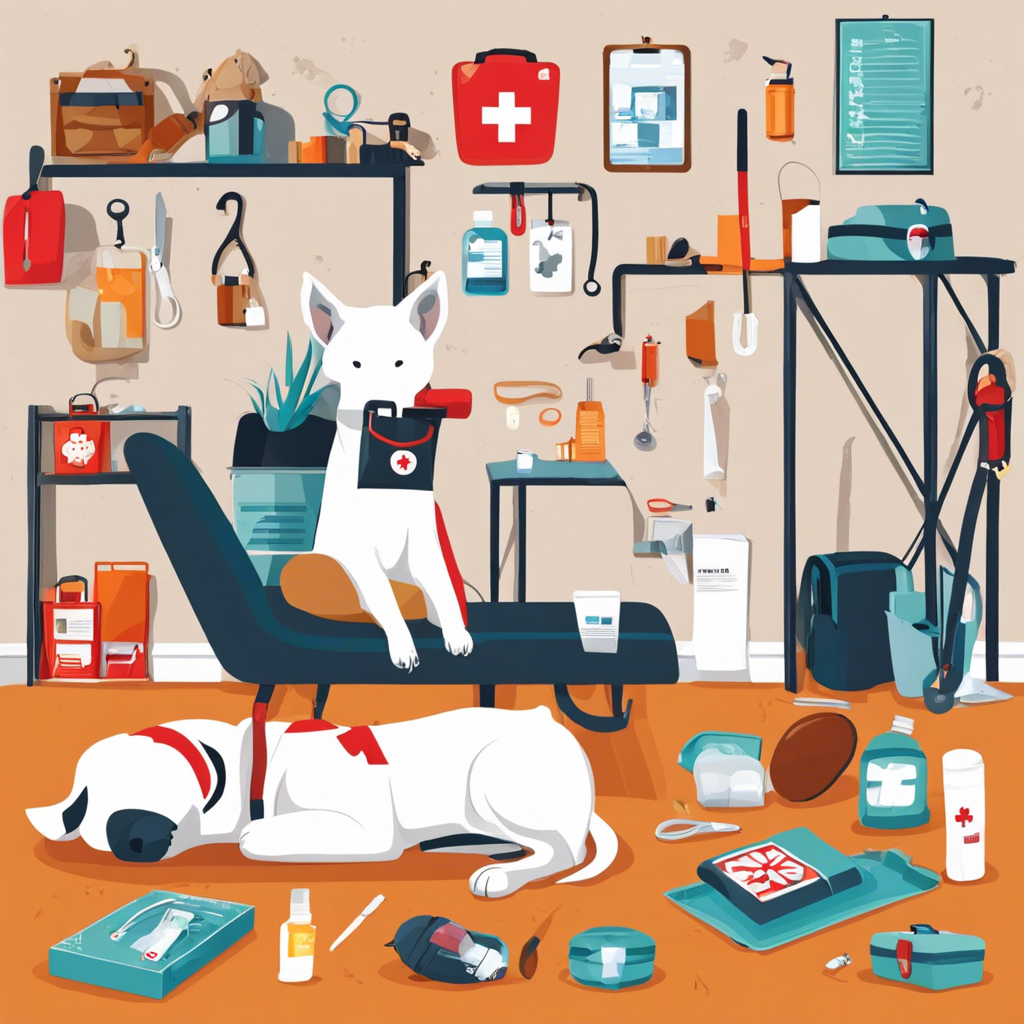As a pet parent, you want to ensure your furry friend enjoys a long and healthy life. While regular vet check-ups are essential, knowing pet first aid can be a lifesaver in an emergency. Every second counts in those crucial moments, and your quick actions can make all the difference. So, what should every owner know about providing first aid for their pets?
First and foremost, it’s important to familiarize yourself with the normal vital signs and behavior of your pet. This includes understanding their typical heart rate, breathing patterns, and gum color. By establishing a baseline of what is normal for your pet specifically, you’ll be better equipped to recognize when something is amiss. For example, a healthy gum color for dogs and cats is usually a shade of pink, and a significant deviation from this could indicate a problem.
Another crucial aspect of pet first aid is knowing common pet toxins and hazards. Many household items and plants can be dangerous or even fatal if ingested by your furry companion. Some of the most common toxins include chocolate, xylitol (found in sugar-free gum and candy), certain human medications, and plants like lilies and sago palms. Keep a list of emergency vet contacts readily available, including a 24-hour veterinary hospital nearby, so you can act swiftly if your pet ingests something toxic.
It’s also beneficial to keep a well-stocked first aid kit specifically for your pets. This kit should include items such as a pet-specific first aid book, sterile eye wash, sterile saline solution, a soft muzzle, a rectal thermometer, and a supply of any specific medications your pet may require. Having a pet-specific first aid kit separate from your human first aid supplies ensures you have everything you need in an emergency.
In addition to knowing the dangers and having the right supplies, it’s essential to recognize common symptoms that warrant immediate veterinary attention. These can include difficulty breathing, persistent bleeding, seizures, loss of consciousness, and signs of pain or distress, such as whining, crying, or unusual aggression. If you notice any of these symptoms, don’t hesitate to contact your veterinarian right away.
Beyond the basics of first aid, it’s also worth considering enrolling in a pet first aid course. These courses are often offered by veterinary organizations or certified pet care institutions and can provide you with more advanced skills. You’ll learn hands-on techniques, such as how to perform CPR on your pet, clear an obstructed airway, or apply a pressure bandage in the event of bleeding. These courses are a great way to build your confidence and enhance your ability to respond to a wide range of emergencies.
Being proactive in preparing for the unexpected is always a good idea. Creating an emergency plan that includes pet first aid ensures you’re ready to act swiftly and efficiently. This plan could include designating a pet-savvy friend or family member as an emergency caregiver, keeping important phone numbers readily available, and ensuring your pet’s microchip information is up to date. By doing so, you can rest assured that your furry family member will receive the care they need, even in your absence.
Lastly, always trust your instincts and seek professional advice when in doubt. If you have any concerns about your pet’s health, don’t hesitate to contact your veterinarian. They are your best resource for ensuring the health and well-being of your beloved companion. With their guidance and your new first aid knowledge, you can provide your furry friend with the happiest and healthiest life possible.










